Refinishing - keep at it?
kats737
9 years ago
Featured Answer
Sort by:Oldest
Comments (13)
klem1
9 years agorwiegand
9 years agoRelated Professionals
Burlington Cabinets & Cabinetry · Foster City Cabinets & Cabinetry · Red Bank Cabinets & Cabinetry · Whitehall Cabinets & Cabinetry · Pataskala Carpenters · Coto De Caza Carpenters · Mukilteo Flooring Contractors · Owings Mills Flooring Contractors · Pittsburg Flooring Contractors · Plymouth Flooring Contractors · Winchester Flooring Contractors · Brooklyn Furniture & Accessories · Carlsbad Furniture & Accessories · Adelanto Furniture & Accessories · Fish Hawk Handymankats737
9 years agosombreuil_mongrel
9 years agoklem1
9 years agojeff-1010
9 years agokats737
9 years agoklem1
9 years agokats737
9 years agozagut
9 years agojeff-1010
9 years agokats737
9 years ago
Related Stories

GREAT HOME PROJECTSHow to Refinish a Wood Deck
Keep your deck looking its best — and save feet from splinters — by applying a new stain and sealant every year or so
Full Story
GREAT HOME PROJECTSWhat to Know Before Refinishing Your Floors
Learn costs and other important details about renewing a hardwood floor — and the one mistake you should avoid
Full Story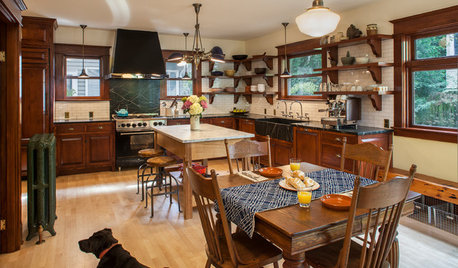
KITCHEN DESIGNKitchen of the Week: Period Details Keep History Alive in Portland
Modern functionality and doubled square footage bring a 1910 kitchen into the present while respecting its past
Full Story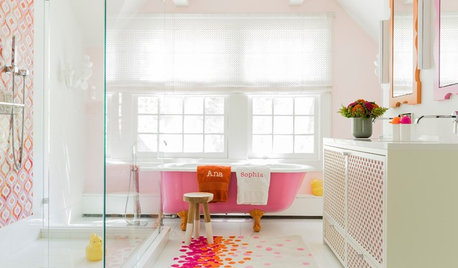
MOST POPULARShould You Keep Your Tub?
There are reasons to have a bathtub, and plenty of reasons not to. Here’s how to decide if you should keep yours or pull the plug
Full Story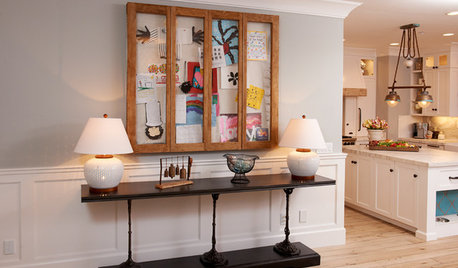
DECORATING GUIDESEdit Keepsakes With Confidence — What to Let Go and What to Keep
If mementos are weighing you down more than bringing you joy, here's how to lighten your load with no regrets
Full Story
REMODELING GUIDESOriginal Home Details: What to Keep, What to Cast Off
Renovate an older home without regrets with this insight on the details worth preserving
Full Story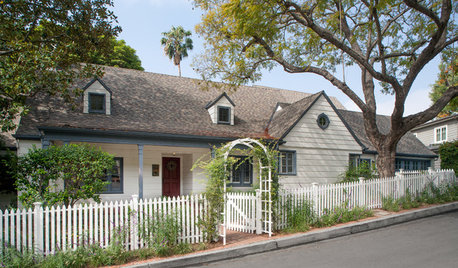
TRADITIONAL HOMESHouzz Tour: A Family-Friendly Home Keeps Its 1930s Charm
This updated Los Angeles home is full of cozy nooks and period details, giving it lots of vintage appeal
Full Story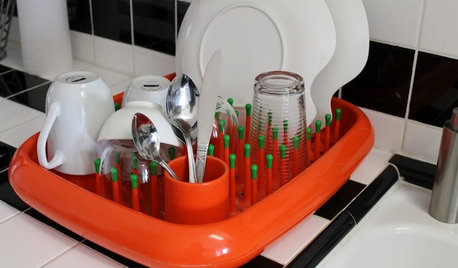
LIFE13 Ways to Keep the Peace With Roommates
A few ground rules will help you sidestep conflicts over dirty dishes, laundry, decorating, groceries and more
Full Story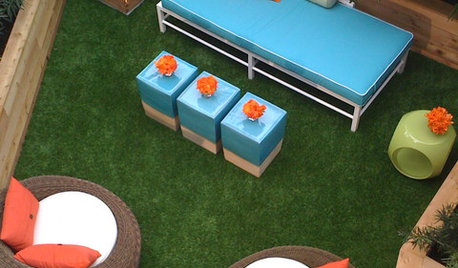
GARDENING AND LANDSCAPINGHow to Keep Your Outdoor Furniture Looking New
Give cushions and wicker, teak or metal frames a little regular TLC to help them last
Full Story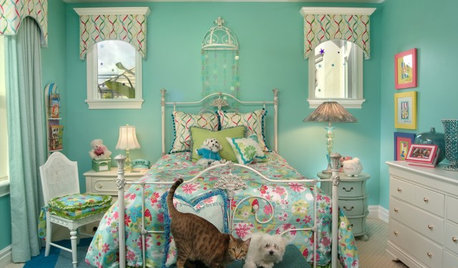
PETSWays to Keep Pets Comfy-Cozy at Home
Chilly days call for snug pet nooks, plush bedding and other creature comforts
Full StoryMore Discussions






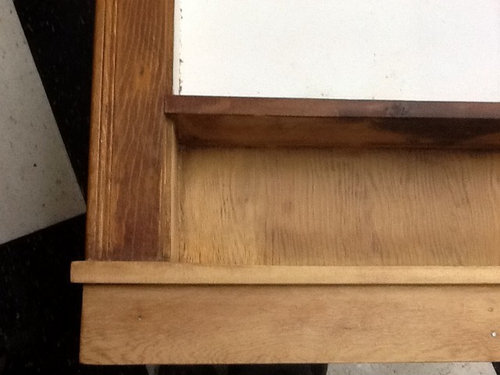

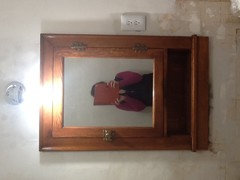



rwiegand